Scientists discover interactions between gut bacteria and immune cells that cause inflammatory bowel disease in glycogen storage disease.
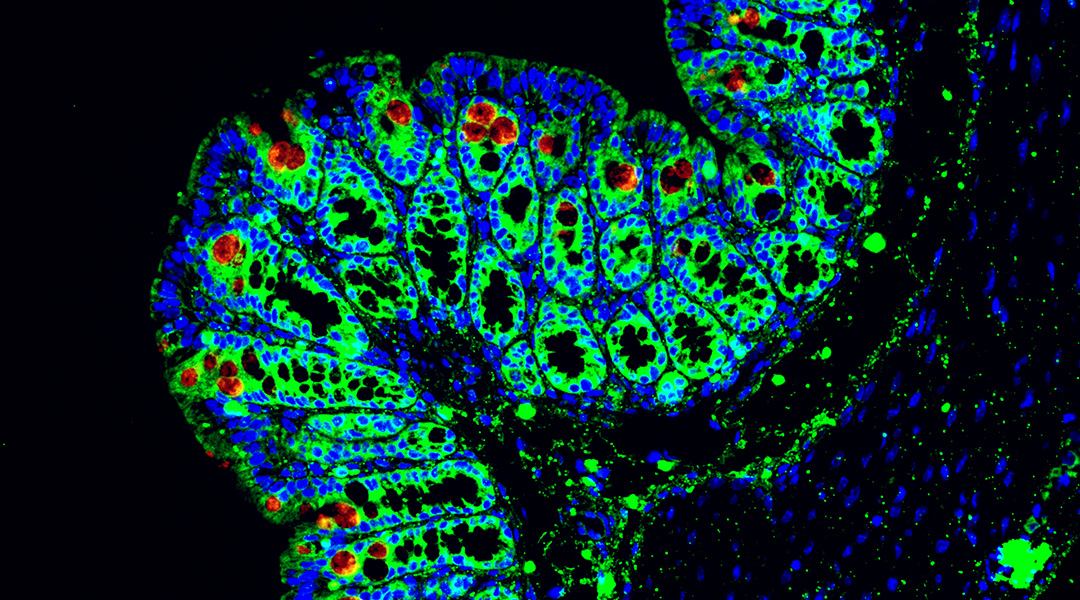


Scientists discover interactions between gut bacteria and immune cells that cause inflammatory bowel disease in glycogen storage disease.
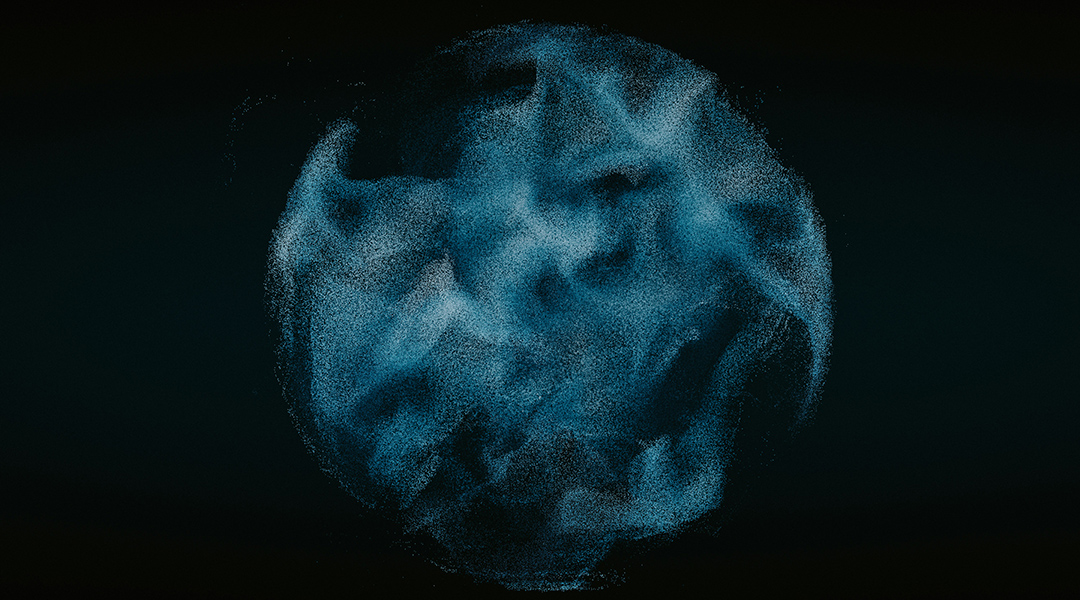
1 in 10 women suffer from polycystic ovarian syndrome, yet its fundamental workings remain largely unknown.
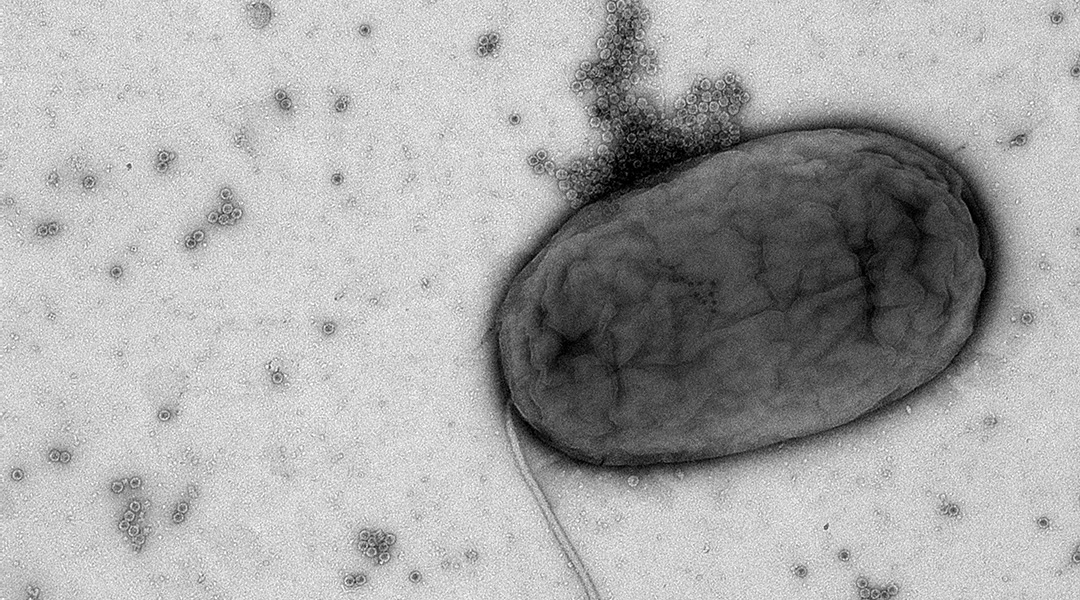
Harnessing bacteriophages’ natural prowess, scientists crafted an antibacterial material for use in medicine and the food industry.
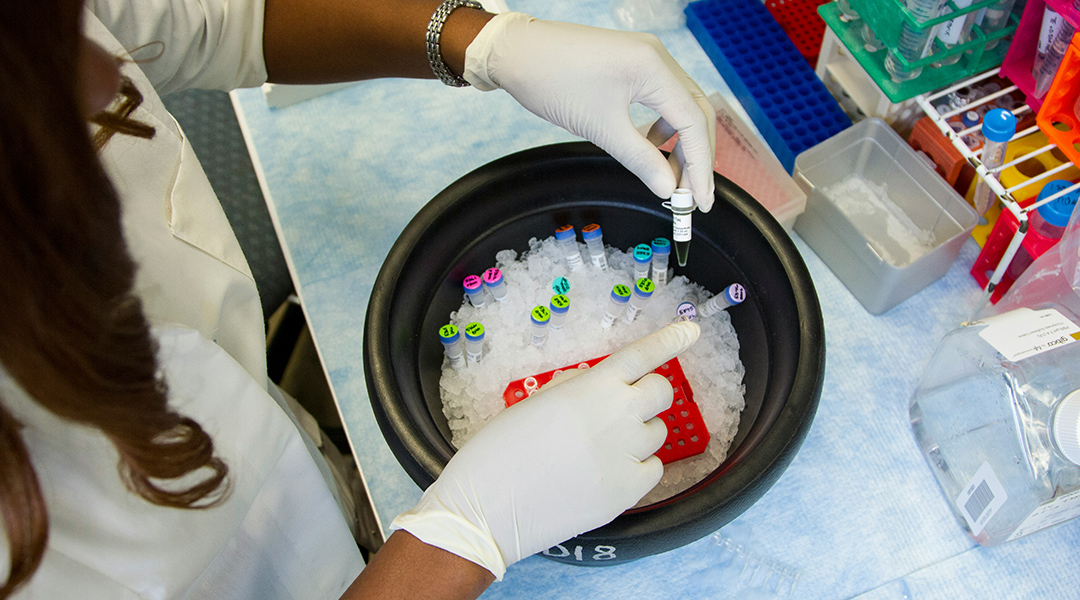
Typical diagnosis is through X-rays, but this new test has the potential to spot osteoarthritis before joint damage appears.
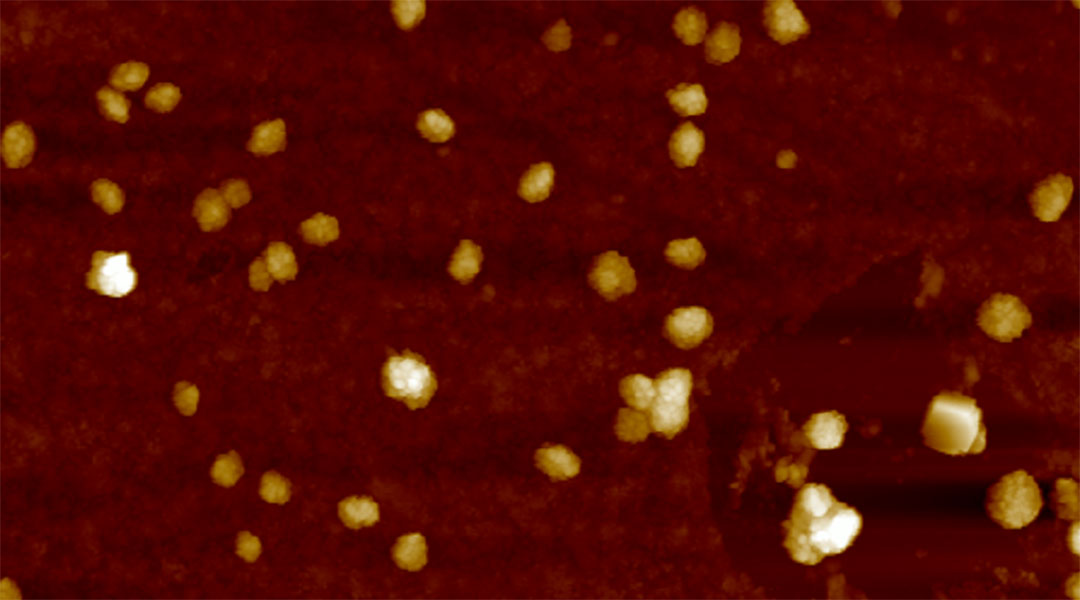
Peptide-laden vesicles light up in the presence of amyloid beta, providing an early diagnostic test (and possible treatment) for Alzheimer’s.
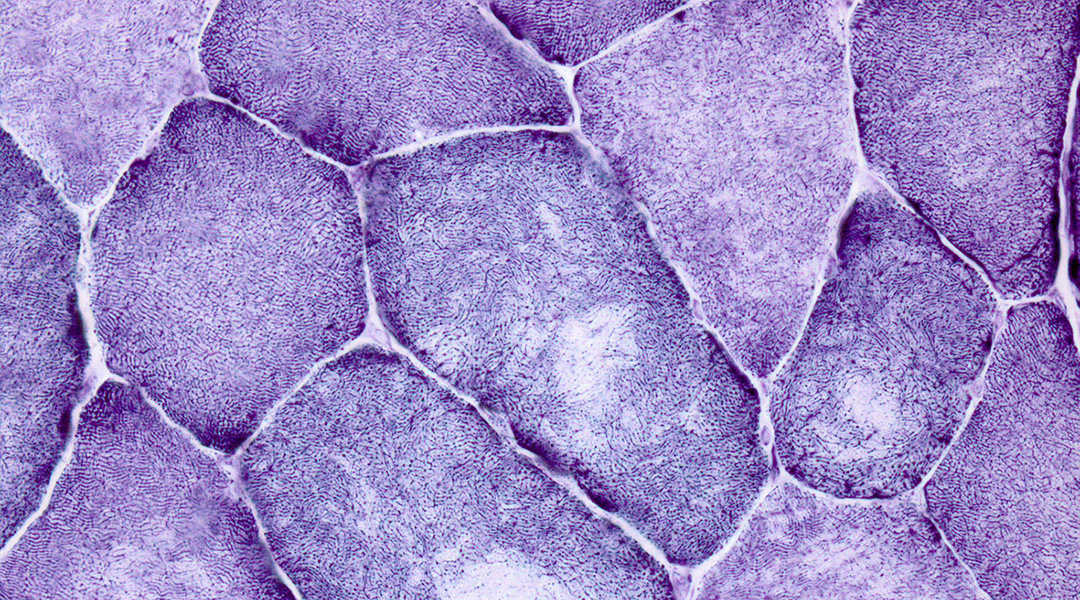
Understanding how muscular atrophy occurs on the cellular level could help researchers identify new drugs to treat the condition.

To develop medical treatments in space, scientists first need to understand how the body behaves in this foreign environment.
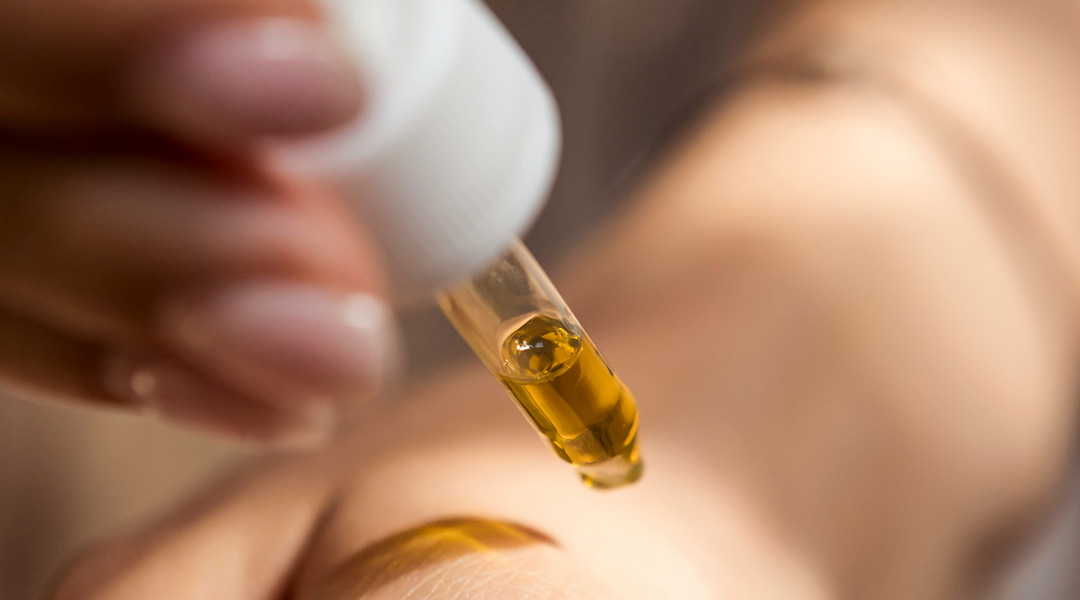
An active compound extracted from Angelica Acutiloba effectively eliminates harmful senescent cells in the dermis, with anti-aging benefits.
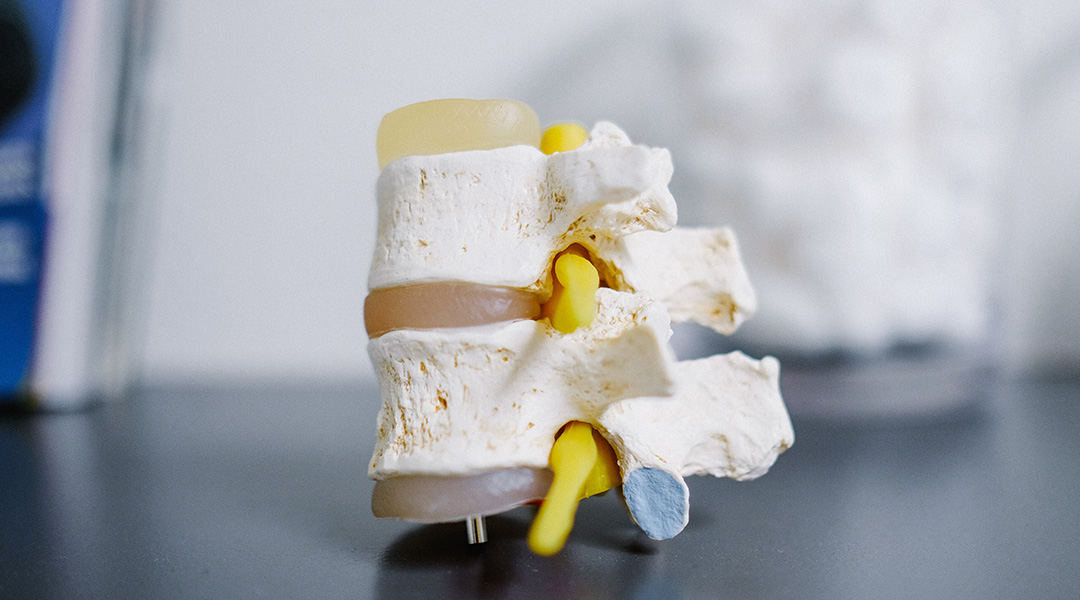
Scientists unravel how an inconspicuous peptide found in the spine may reverse disc degeneration to one day help treat chronic low-back pain.
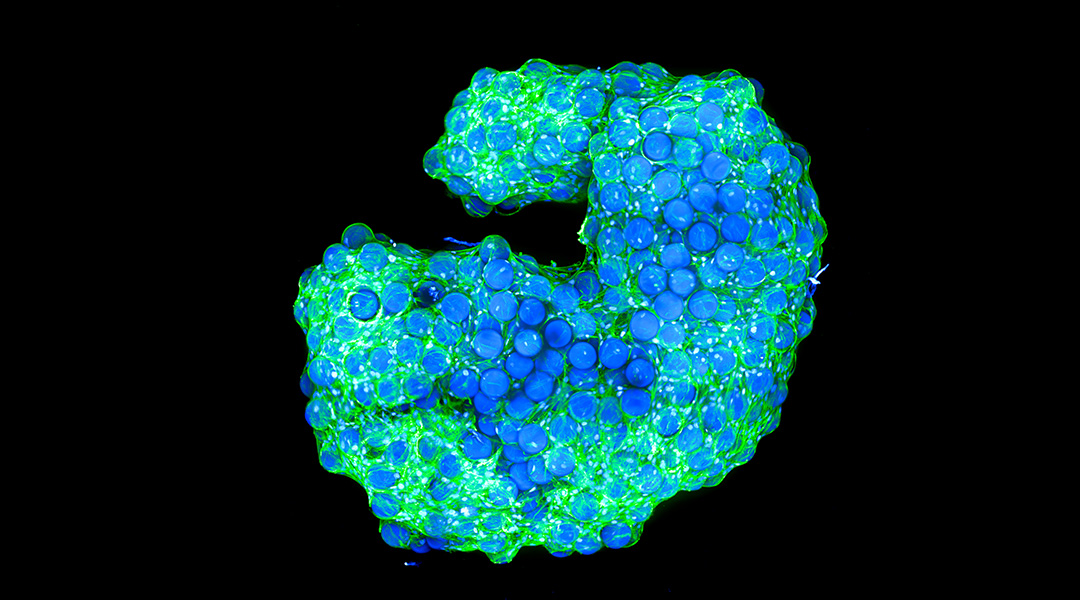
Scientists have created biological structures that when left alone, self-assemble into materials that resemble living tissue.